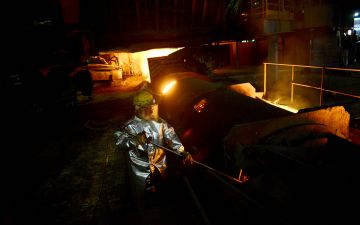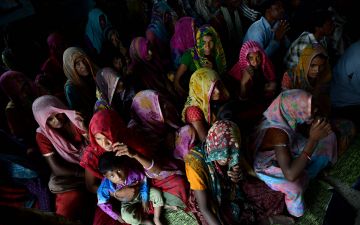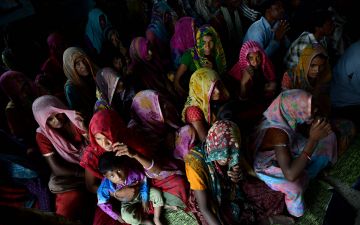How can the world bring a basic amenity of modern life—electricity—to 1.3 billion more people while also keeping pledges to fight climate change? A growing number of companies and researchers are racing to ensure new power doesn’t mean new pollution.
They’re turning to microgrids — smaller, more local and more sophisticated power systems, often fed by solar generators. One of the biggest proving grounds for microgrid technology is in India, where 300 million people live in the dark and where the leading research institution, the Indian Institutes of Technology, is working with local agencies to overcome entrenched inequality and connect rural communities to clean power.
It’s a daunting task, but researchers are optimistic: The very same designs deployed in third-world villages are also upending the century-old model for producing and distributing electricity in United States.
University of Pittsburgh engineers are exchanging knowledge with Indian researchers to not only scale up the technology but advance the business case to companies that could finance it. Traveling with them, reporter Daniel Moore and photojournalist Michael Henninger explore the role of clean energy in both developing and developed societies and how the expansion of electricity in India is reshaping socioeconomic and political borders.



